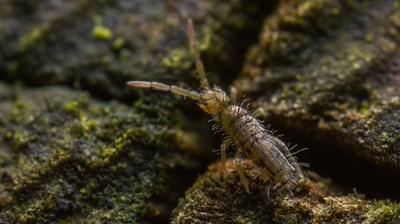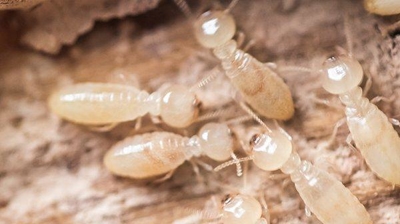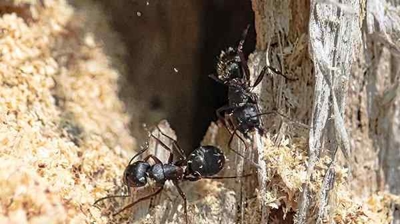What To Do If Sod Webworms Are Damaging Your Houston Lawn
Are you familiar with what a sod webworm is? If not, you're not alone. There are a surprising number of organisms that can attack Houston lawns. Who can keep track of them all? We have chinch bugs, scale insects, aphids, grubs, moles, gophers, and the list goes on. Your lawn can be attacked by plant-damaging fungi like brown patch and fairy ring. You may even see damage as a result of extended drought conditions. There are so many ways your Houston lawn can be damaged. Today, we're looking at just one of them. The humble sod webworm.
Identification And Classification
It is important to point out first that sod webworms are not worms. They're actually caterpillars. Worms don't have legs. Caterpillars have lots of legs. A sod webworm looks a little bit like a worm because it has a soft body; this may be how it got its name.
Sod webworms range in size from ½ to ¾ of an inch in length. They are a pinkish-white to yellowish-brown color and they have a mottled brown head. You are likely to see brown spots running down the length of one of these worms but, depending on its age and species, you might not. There are over 20 species that infest turfgrass in America.
Detection — Sod webworms are nocturnal. You're not likely to see them climbing around on your grass during the day. If you want to see them, you have to create a soapy water solution and pour in onto a section of ground where they are damaging your lawn. This solution should be 2 tablespoons of lemon-scented dish detergent in one or two gallons of water. Wait 30 minutes and check for caterpillars.
Moths — Eventually, every sod webworm grows up. When it does, it becomes a lawn moth. These fluttery little moths will give you a warning sign that your lawn is under attack. If you see brown moths in your yard that are about ¾ of an inch long, you should take notice. They could help you take action before the caterpillars do a lot of damage.
What Do Sod Webworms Eat?
Sod Webworms have a fondness for turfgrass. Some of the grasses they prefer are bluegrass, zoysia, bentgrass, and fine fescue. If you see caterpillars in your yard and you don't know whether or not they are sod webworms, keep in mind that all caterpillars eat vegetation. If you have caterpillars crawling around in your grass, you can expect them to damage your lawn, even if they aren't sod webworms.
What Damage Do Sod Webworms Do?
As sod webworms feed on your grass it will turn yellow and eventually die. This will create patches of dead grass. They aren't the only organisms that do this so you won't be able to identify these pests by the damage they do.
Sod Webworm Prevention
Proper irrigation is key to preventing sod webworms from becoming a problem. When you give your turfgrass the water it needs, it can outgrow a light to moderate population of webworms without becoming noticeably damaged. But, when the population of sod webworms grows larger than around 15 webworms per square yard, pest control products need to be used for proper control. This is best applied by a licensed and experienced pest management professional, particularly one that specializes in lawn care pests. If you live in the Greater Houston area, let the team here at Modern Pest Control help.
Lawn Pest Professionals
At Modern Pest Control, we give Houston-area lawns what they need to battle all of the many organisms that damage them. Our lawn care specialists use industry-leading products and strategies to provide the protection and nourishment lawns require to outcompete lawn-damaging pests, like sod webworms. It is a process of testing, treatments, and fertilizing that is highly effective. If you'd like to learn more or you're ready to start giving your lawn what it needs to be the envy of your neighbors, we're standing by to assist you. Reach out to us today and speak with one of our knowledgeable agents about lawn pest control. We're here to help you with all your pest control challenges.



